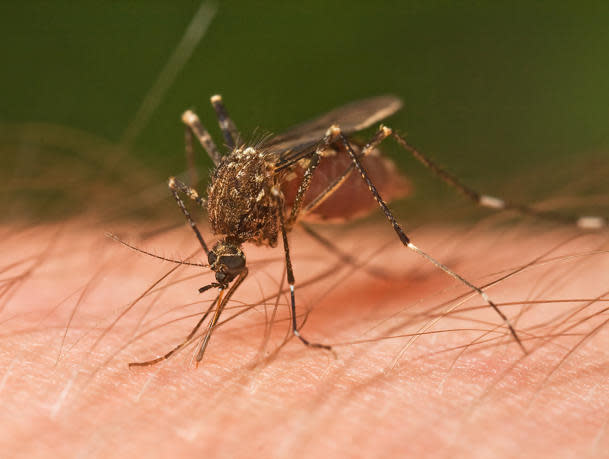NEA fights back against rising dengue cases

By Daniel Seifert
Dengue fever, a disease spread by a virus in mosquitoes, is familiar to many in Singapore who have been afflicted by it or had their families infected. Once bitten by a carrier mosquito, a patient experiences symptoms of a strong headache, aches in the muscles and joints, rashes and even mild bleeding of the gums. Of late, the number of dengue infections has seen a sharp spike in Singapore.
With more cases coming in, the National Environment Agency (NEA) is taking all steps it can to prevent new infections. As strong breeding by the mosquito population could see hundreds of cases sprout across the island, the NEA is tasking more than 1,000 officers each day to reconnoitre insect-prone areas and wipe them out.
In 2005, the last time a serious dengue outbreak occurred in Singapore, more than 700 cases occurred a week. Overall, 14,209 people became infected and 25 patients died. While the current number of cases is not yet that high, it is climbing, with 211 cases last week. So far in 2011 three people (one of whom had previous medical problems) have died from dengue, and 800 people have been treated in hospitals.
Four factors are adding to fears of the possibility of an outbreak. The first is the cyclical nature of the disease, which holds that dengue epidemics can come in cycles of between five and seven years. The last epidemic in 2005 put Singapore in between those two figures. The second factor is that mosquitoes mature faster in the warm months of the year, allowing the dengue virus within the mosquitoes to replicate faster.
Furthermore, the dengue virus comes in many strains. The predominant strain also comes in cycles that usually last three years, with the latest strain being Den-2, which has circulated for the last four years. A change to any of the other three strains of dengue could strongly harm those who only have immunity from this recent strain and not, for example, Den-3, of which there was a rash of cases in Marsiling in June.
Patients who are infected with the disease more than once are particularly at risk of health problems, says associate professor Leo Yee Sin, who is in charge of the Department of Infectious Diseases at Tan Tock Seng Hospital. A recurrence of the disease for these people has noticeable risk of dengue hemorrhagic fever. This dangerous complication can cause liver damage, brain damage, seizures and shock.
The fourth danger factor for Singapore is that due to its lower rate of cases than its regional neighbours, the island's immunity is much lower. Because of all these dangers, not only is the NEA sending teams to already-struck areas, it is also adopting a proactive approach and visiting zones that show no signs of dengue yet in an effort to stop an outbreak from occurring before it has a chance to take root.
Mosquitoes commonly breed where still water collects: drains, buckets, flowerpots — anywhere that can accommodate a teaspoon of water — are sufficient for new mosquitoes to hatch.
Currently, strongly affected areas include Paya Lebar Crescent, Lorong Ah Soo, Woodlands, Geylang, Ang Mo Kio, Hougang and Joo Chiat. Jalan Kelichap and Upper Paya Lebar Road have been especially hit, with 28 people currently infected. As with many diseases, children and the elderly are particularly susceptible to being weakened by infection.
For the most authoritative and comprehensive listing of properties for sale or rent, go to www.iProperty.com.sg For more property news, real estate reports and celebrity home features, head to www.iproperty.com.sg/resources.

